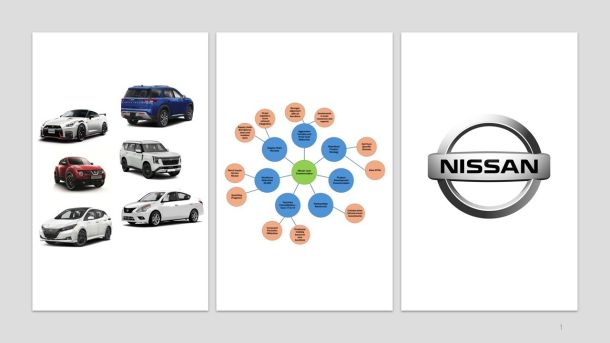AI deployment: How is it different from ERP / CRM implementations?
When I achieved my PMP & APICS certifications years back, my primary objectives were to build a better value proposition to my clients, internal and external. PMP certification, and it had its WOW effect by then, focused on managing projects, “ERP” in my case, and how to implement a framework that should deliver the project safely. APICS certification, whether “supply chain or manufacturing”, focused on acquiring the right body of knowledge to manage the value chain in an effective way by building the right knowledge in different domains.
Years passed. Enter AI implementation. And this is where I have been spending considerable time in developing my understanding of AI diverse value propositions and the how of delivering this proposition to clients. In this journey, naturally, I drew comparisons between ERP, CRM, SaaS, eCommerce, ITSM deployment from one side and how AI roadmaps go through deployment and operationalization phases. Both can be complex, transformative and costly. Both borrow common concepts from project management methodologies. However, there are also high-level contrasts in approach, objectives, and outcomes.
Here are FIVE differences that I would like to share:
Objectives:
ERP focuses on semi-automation or automating business processes, with special focus on creating cross-department and cross-functional integration using such automation. The ERP when implemented should reduce the number of peripheral platforms and become the company’s sole source of truth. CRMs follow the same intent but around customer processes; often especially for SMEs, the CRM can be imbedded into the ERP — again, automate, standardize, and maintain laser-focus on operational efficiency.
In the AI deployment world, a main objective follows the name of the tool — Intelligence. AI models are deployed to help humans become more intelligent, generate predictions of the future and create insights from data. Successful AI tools deployment augment human capabilities and create a new context in which they can become more intelligent, effective and more value generating.

https://www.cognilytica.com/category/research
Project Resources:
For ERP, CRM, ITSM (and in many eCommerce applications), the project team has the right balance of business-focused and technical-focused (infrastructure) skills. Some implementations where integration and API-related efforts are limited, have less dependency on technical resources. With the simplification of interfacing tools, many technical tasks related to data maintenance for example, can be absorbed into the scope of non-technical resources.
AI is a different game. Data engineers, data scientists, AI architects, visualization experts all work together or in a sequential approach to create value out of AI deployment. Key words in AI projects are Data and Model. The business side relies heavily on domain experts who know both the industry and AI applications; by integrating both they generate AI use cases which confirms that AI has value to deliver before the technical work starts.

https://www.scottgraffius.com/blog/files/ai-team-roles.html
Processes & Automation:
ERPs automated the processes based on pre-configured rules and logic. There is limited space for flexibility which if needed will need another set of rules and logic statements. In turn, tasks on ERP & CRM systems, that lack AI capabilities, are repetitive with no room for creativity or intelligence upgrade.
AI works in a different process context. AI uses constructs, tools and domains such as machine learning, data analysis, and pattern recognition to deliver its value propositions. AI systems learn and adapt while they are delivering. AI models improve their performance given the right governance of operationalization and model maintenance.
Data Requirements:
ERPs and CRMS are tightly coupled with structured data models. These models have predefined schemas (and old term 😊), relationships and hierarchies. Data points to very specific entities such as accounts, suppliers, inventory items, product line . . . etc. Given the limited flexibility imbedded into such platform databases, the data is considered structured.
In the AI world, data is the cornerstone. It is the recipe that sets off the AI magic. One of AI beauties is that its models can process structured, semi-structured, and unstructured data; think about images, articles, books, tables, sensor acquired data, notes, barcodes. The list can extend more. And because AI deployment heavily on data veracity (quality, accuracy, and consistency) the data discovery, preparation and processing are major stages in any AI deployment project.
Modelling:
For ERPs and CRMs, modelling — as a full-blown concept — is not present. Workflows that configure process automation are clear, do not apply probabilistic logic and all outcomes are deterministic. There are no shades of doubt. Even for more complex algorithms such as advanced demand planning, algorithms can be complicated to setup, yet they are still rigid workflows. To arrive at these models, iterations might be needed but are limited by the original scope of the platform.
AI’s main deliverable prior to deployment IS the AI Model. The model is more of a “virtual brain” as many references describe it. The model learns from data, and then utilizes this learning, like humans, to solve problems, make predictions or other expectations. Models emulate human intelligence. Training the model follows a thoroughly iterative approach until the stakeholders are confident that the level of intelligence expected has been achieved.
That is all for now.
I am sure there are more differences, subtle or blunt. You can share yours as well.
In the next article, I will add more differences.




